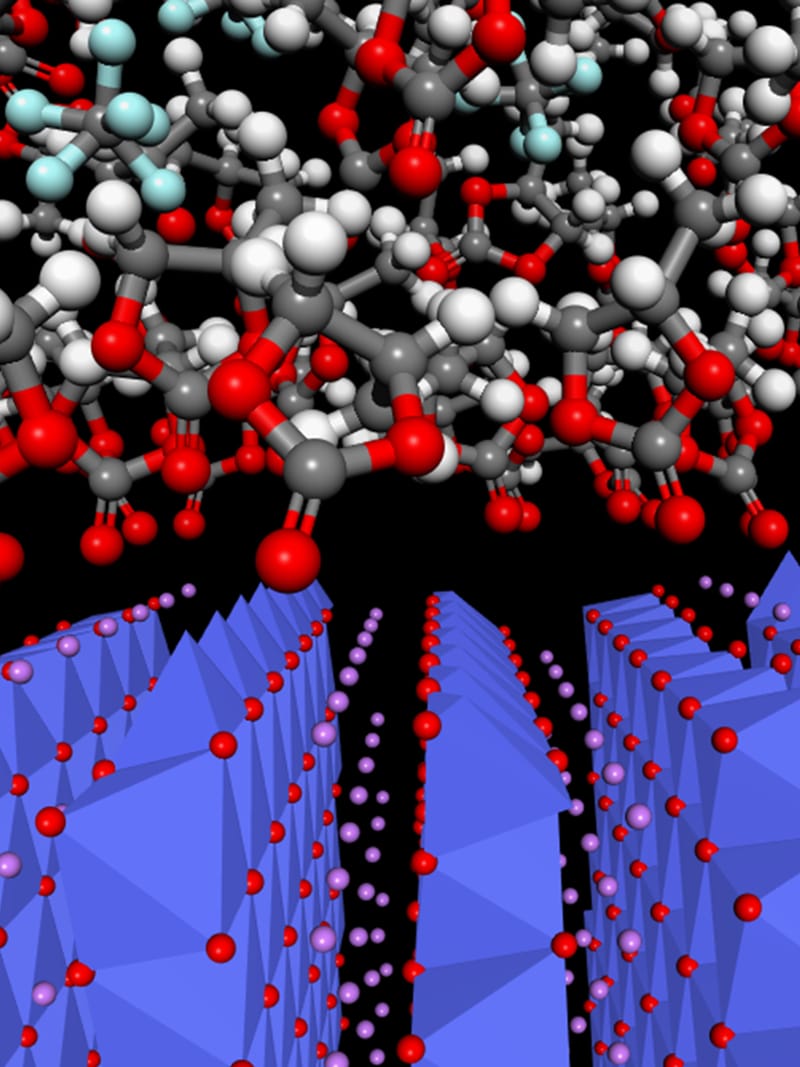Energy Conversion at Surface & Interface

In our physical world, various forms of energy—including mechanical, thermal, optical, and electromagnetic—interact and transform into one another. A comprehensive understanding of these energy forms and the mechanisms underlying their interconversion is essential for advancing both human well-being and societal development.
Energy conversion processes frequently occur at interfaces—regions where materials in different physical or chemical states come into contact. This research seeks to elucidate the fundamental properties of surfaces and interfaces, as well as the chemical reaction mechanisms that take place in these regions. Through this understanding, we aim to develop new methodologies for precise control over interfacial phenomena.
For instance, the interface between a solid and a liquid serves as an active site for a wide range of chemical reactions. At such interfaces, atoms and ions from the solid interact with molecules in the liquid, potentially altering both the solid surface and the composition of the liquid. By capturing and regulating the dynamic behavior of these interfacial interactions, it is possible to realize novel functionalities.
Rechargeable batteries, which are central to modern energy conversion technologies, exemplify the importance of interfacial properties. It is well established that the performance of these batteries is significantly influenced by the physicochemical characteristics of the electrode surface and the reactions occurring at the electrode–electrolyte interface. Despite their importance, the mechanisms governing these interfacial processes remain poorly understood due to the complexity of the electrode structures. This research will employ advanced analytical techniques—including scanning probes, spectroscopy, and electron-based methods—to investigate these phenomena and develop strategies to enhance electrochemical reactivity.
我々が住む世界には、力、運動、熱、光、電磁気などのエネルギーがあり、これらの性質を理解し、エネルギー変換を制御することは、人々の生活に豊かさや深みを与え、より良い社会の構築の基盤となり得る。
物質の表面や異なる状態の表面が接する界面は、このエネルギー変換が起きる場であり、表面や界面の性質や、そこで起きる化学反応の機構を明らかにし、さらに制御する方法を構築する。
例えば、固体と液体が接する界面は、エネルギー変換によって様々な化学反応の場となる。この界面では固体中の原子やイオンと、液体中の分子が相互作用することで、固体表面や液体の状態が変わることがある。この界面特有の状態を捉え、制御することによって新たな機能を創出することが出来る。
また、現在のエネルギー変換技術において極めて重要な役割を果たしている蓄電池において、電極表面の物性や、電極と電解質の界面で起きる化学反応は電池性能に大きな影響を与えることが知られている。しかし、複雑な構造を持つ蓄電池の電極表面や、電極と電解質の界面は、多くの点が不明である。これらを、プローブ、光、電子など用いた手法で解明し、その結果を基に、反応性を高める方法を構築する。
Representative papers
J. Phys. Chem. Lett. 11, 1343 (2020).
Phys. Rev. Lett. 122, 116001 (2019).
Prog. Surf. Sci. 92, 240–280 (2017).
Phys. Rev. Lett. 111, 126104 (2013).